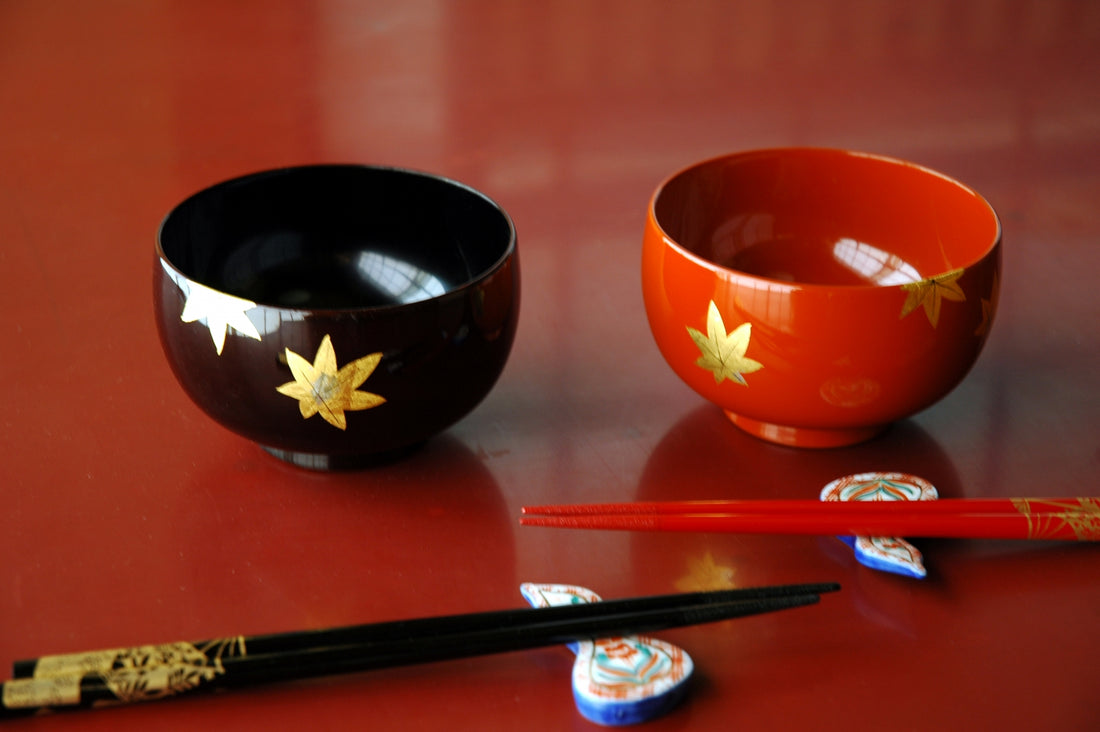Wajima-nuri (輪島塗)is the most famous, and it refers to the lacquerware produced in Wajima. Wajima-nuri is known for its meticulous lacquering process, which involves more than 20 processes of lacquering and a total of 75 to 124 times of careful manual labor by dedicated specialized artisans. Wajima-nuri has preserved its traditional manufacturing methods without placing emphasis on low-priced mass production, thus enhanced its value as a brand to this day.
Another unique characteristic of Wajima-nuri is the use of Wajima jinoko (clay powder). Jinoko is made from the clay of Mt. Komineyama near Wajima, and it is used as the base of Wajima-nuri which make Wajima-nuri so durable. Another technique unique to Wajima-nuri is the nunokise, or "cloth dressing," in which linen is applied with lacquer to the outside of the wood or to areas vulnerable to damage.

